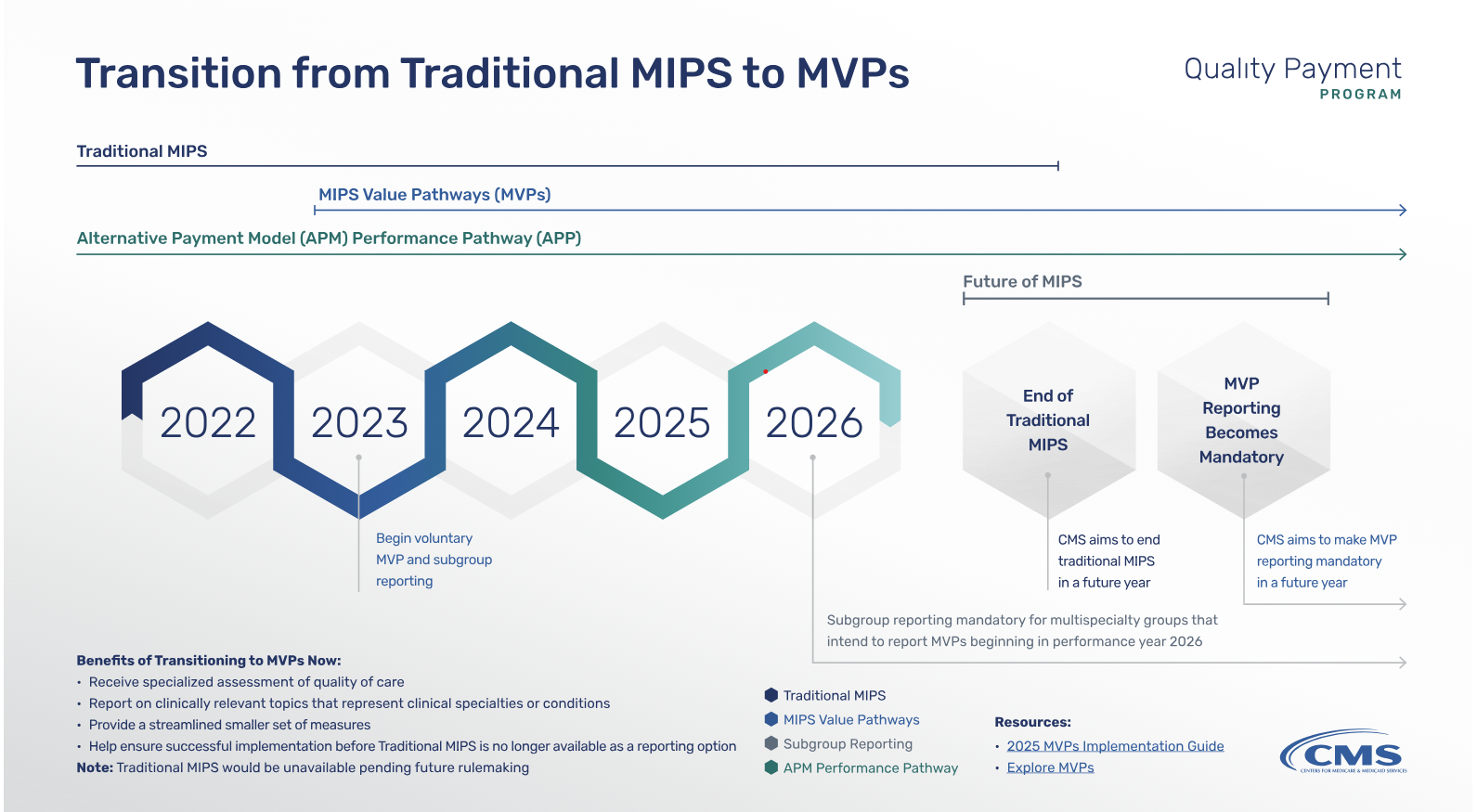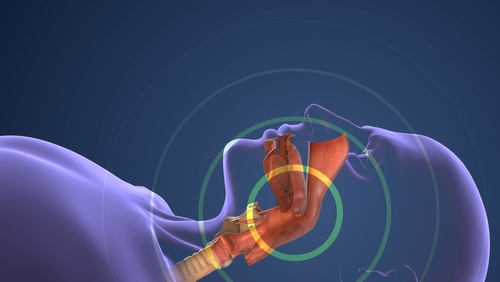Expert lessons on building successful total joints programs in ASCs

By 2022, orthopedic procedures performed in ambulatory surgery centers (ASCs) were already outpacing expectations. For years, total hip and knee replacements were considered too complex for same-day surgery. Yet, total joints replacement volumes jumped nearly 200% between 2020 and 2022—outpatient total knee arthroplasty surged nearly 194%, while total hip arthroplasty…
2026 ICD-10 updates bring hundreds of new codes, new complexity

Editor's Note Healthcare providers, payers, and analytics teams face sweeping ICD-10 changes this fall, with the 2026 code updates taking effect October 1, 2025, Wolters Kluwer July 14 reports. The release includes 614 new codes, 12 invalidations, 642 billability changes, 88 terminology revisions, and the creation of an entirely new…
Standardized pathways cut costs, hospital days in pediatric surgery without raising complication rates

Editor's Note Standardized perioperative protocols can reduce hospital stays and costs for children undergoing surgery without affecting complication rates, JAMA Surgery August 20 reports. As detailed in this original investigation, the researchers evaluated the Minimizing Variance in Pediatric Surgery (MViPS) program, a fellow-led initiative launched in 2013 across two academic…
Breast cancer surgery delays tied to higher upstaging, faster tumor growth

Editor's Note Each month of delay between breast cancer diagnosis and surgery raises the likelihood of tumor upstaging, nodal spread, and in vivo tumor growth, according to a national database analysis published in Annals of Surgical Oncology on July 23. The researchers reviewed records from more than 1 million patients…
Report: Sicker surgical patients fared better post-pandemic

Editor's Note Hospitals achieved a substantial reduction in mortality risk for surgical inpatients between 2019 and 2024, even as patients grew sicker and stayed longer, according to a report released August 5 by the American Hospital Association (AHA) and Vizient. In the first quarter of 2024, hospitalized surgical patients were…
Study: Medicare Advantage surgical episodes cost less, achieve similar quality as traditional Medicare

Editor's Note Medicare Advantage (MA) patients undergoing elective surgery incurred lower costs than comparable patients in traditional Medicare (TM) without higher readmission rates and with no significant difference in mortality rates, according to a study published August 1 in JAMA Health Forum. The findings suggest that MA plans reduce surgical…
Translating MIPS Value Pathways into perioperative practice—What OR leaders need to know

In July 2025, the Centers for Medicare & Medicaid Services (CMS) proposed sweeping changes to the Medicare Physician Fee Schedule for calendar year 2026. Among the most impactful updates is the launch of the Ambulatory Specialty Model (ASM)—a mandatory value-based payment program focused on heart failure and low back pain.…
Study: Postoperative delirium triples risk of complications, death in older patients

Editor's Note Postoperative delirium significantly worsens outcomes for older adults undergoing major noncardiac surgery, according to research published July 8 in JAMA Network Open. Specifically, findings showed patients who developed postoperative delirium had 3.5 times the odds of death or major complications, 2.8 times the odds of 30-day mortality, and…
GLP-1 drugs show promise for preoperative weight loss

Editor's Note Glucagon-like peptide-1 (GLP-1) receptor agonists may offer orthopedic patients with obesity and type 2 diabetes a powerful tool for preoperative weight loss and potential disease modification, according to a July 10 review article in The Journal of Bone and Joint Surgery. However, the agents carry perioperative risks that…
Blast from the past: Revised data, evolving standards for OSA care in the perioperative setting

An estimated 22 million Americans were believed to have obstructive sleep apnea (OSA) in 2019, according to data cited in a February 2019 article published by OR Manager. At that time, up to 80% of cases were undiagnosed, and 30% to 40% of the surgical patient population was believed to…

 Free Daily News
Free Daily News